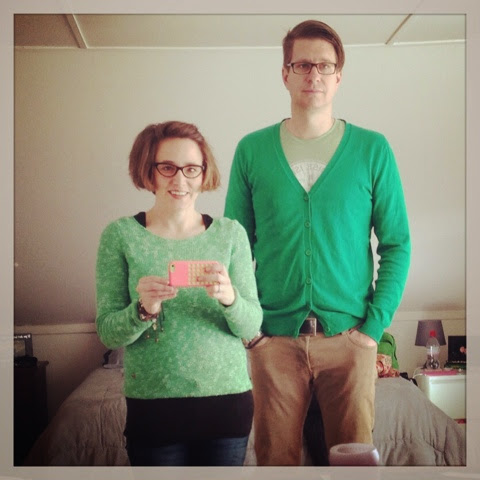 |
| This is an example of a bottle recycling/refund machine (photo found on Aftenposten) |
As I mentioned in a previous post (read it HERE), recycling is big in Norway. And in addition to the things you just put into recycling containers, you can also return bottles for a refund. They call the refund Pant (pronounced pahnt) and I believe it can be a noun or a verb.
I’ve also talked about how the boys focus on specific units/themes at school throughout the year (read that post HERE). Daniel’s current unit of study is Reduce, Reuse, Recycle.
It is exciting when you see your kids do more than just ‘book learn’ something.
 |
| Daniel’s box that is now sitting in the entryway at his school |
One evening the boys and I were talking about things going on at school: their units of study, what they liked about what they were learning, plus important things like eating lunch, recess, PE, etc. Daniel began complaining that they don’t have any decent equipment (balls, jump ropes, etc) on their playground. And through a series of questions I posed, he came up with the idea of asking people to bring in their bottles and the money that is collected could be used to purchase some new equipment. He works with his teacher to write the proposal, and then presented it to the principal for approval.
I’m really proud of Daniel and his ability to apply his unit of study to everyday life. It’s fun to see his enthusiasm each day when he checks the box in the school entryway to see how many more bottles were brought in.
















